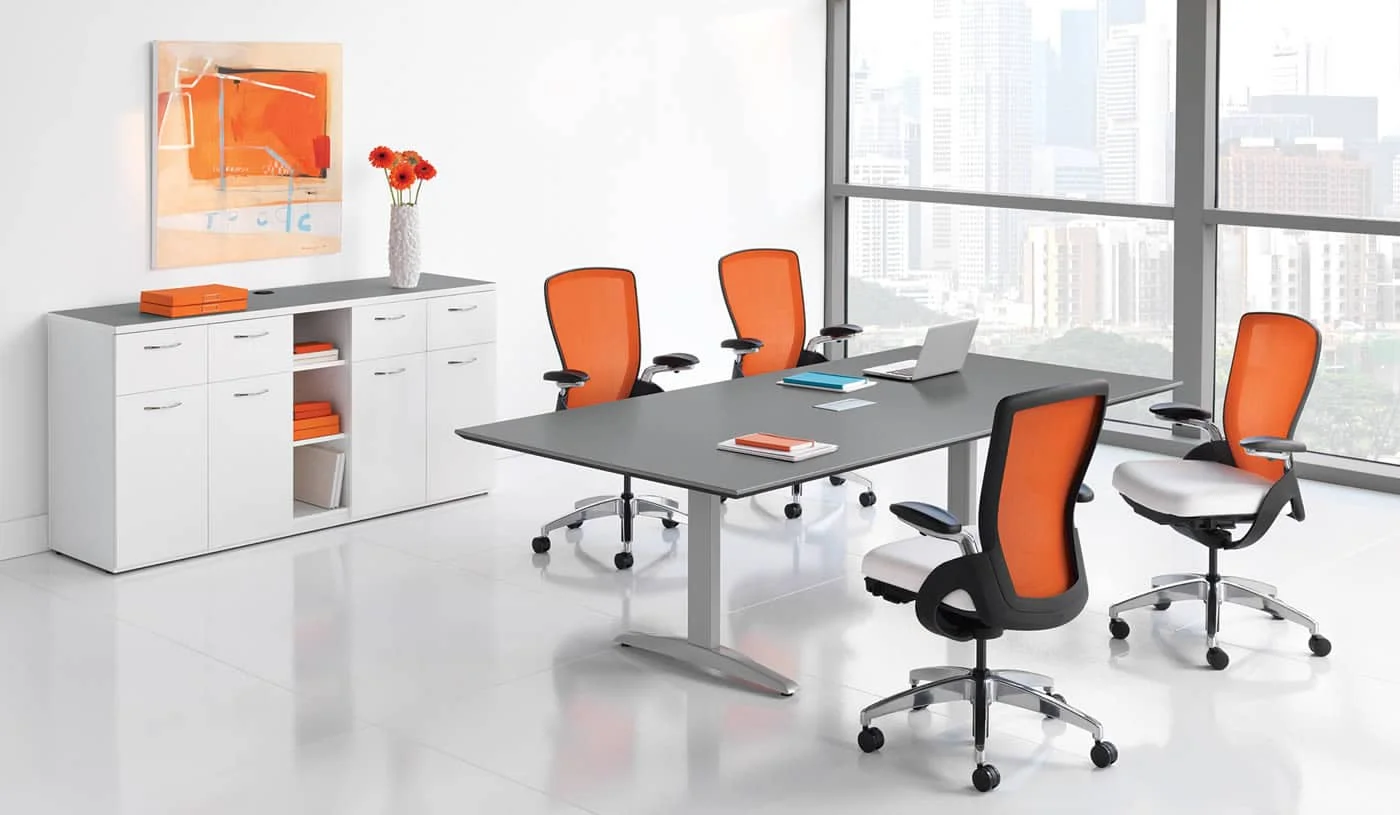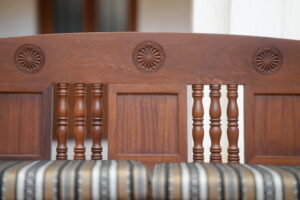
When it comes to creating a home or office environment that is truly unique and reflective of your personality, custom furniture is the way to go. With mass-produced furniture, you often sacrifice individuality and craftsmanship, but custom-made pieces give you the chance to tailor every aspect of design to fit your space perfectly. Whether you’re revamping a single room or creating a brand-new living environment, custom furniture has the power to transform your space like nothing else.
In this article, we’ll explore the different ways custom furniture can enhance your living or working space, the creative process behind these one-of-a-kind pieces, and the benefits of investing in personalized designs that last a lifetime.
What is Custom Furniture?
Custom furniture is exactly what it sounds like—furniture that is designed, crafted, and built specifically to your specifications. This is not just about choosing fabric swatches and color palettes from a catalog. Custom furniture allows you to be involved in every decision, from the size and materials to the shape, style, and function of the final piece.
Instead of trying to make pre-made furniture fit into your space, custom furniture is designed to fit your sChoosing the right materials for custom furniture is one of the most important decisions in the design process. The materials you select will not only determine the look and feel of the piece but also its durability, functionality, and even sustainability. With custom furniture, you have the opportunity to go beyond the standard options available in mass-produced pieces and select high-quality materials tailored to your specific needs and preferences.
In this guide, we’ll explore the factors you need to consider when choosing materials for custom furniture, including aesthetics, durability, maintenance, budget, and sustainability. By understanding the pros and cons of various materials, you’ll be able to make informed decisions that ensure your custom furniture is both beautiful and long-lasting.
Understanding the Role of Materials in Custom Furniture Design
The materials used in custom furniture play a critical role in the overall design, from structural integrity to visual appeal. Whether you’re choosing wood, metal, upholstery, or even glass, each material brings its own unique characteristics and style to the piece.
It’s essential to choose materials that align with your lifestyle and how the furniture will be used. For example, a coffee table in a busy family living room will require a more durable surface than a decorative side table in a guest room. Similarly, an office chair that gets daily use should be made with high-quality upholstery and ergonomic support.
By carefully selecting materials that meet your functional needs while reflecting your aesthetic preferences, you can ensure that your custom furniture serves its purpose beautifully for years to come.
Factors to Consider When Choosing Materials for Custom Furniture
Aesthetics and Style
One of the first things to consider when choosing materials for custom furniture is the overall aesthetic you want to achieve. Different materials evoke different moods and styles, so it’s important to think about how your choices will fit with the rest of your space.
For example, natural wood materials like oak or walnut can create a warm, traditional look, while metal and glass tend to lend themselves to a more modern, minimalist vibe. Upholstery fabrics like velvet can bring a luxurious, elegant feel, whereas cotton or linen offer a more casual, relaxed style.
Choosing materials that complement the existing decor and architecture of your home is key to creating a cohesive design. You can also mix and match materials to add visual interest and texture to the piece—such as pairing a wooden tabletop with metal legs for a modern-industrial look.
Durability and Strength
Durability is another critical factor to consider when selecting materials for custom furniture. You want your furniture to stand the test of time, especially if it will be used frequently or in high-traffic areas. The strength of the material will influence how well it holds up to wear and tear over the years.
Wood is one of the most durable materials, but it’s important to choose the right type for your specific needs. Hardwoods like oak, maple, and cherry are known for their strength and durability, making them ideal for furniture that needs to withstand heavy use. On the other hand, softwoods like pine may be less durable but still work well for certain pieces, particularly in areas with less daily wear.
Metal is another strong, durable material commonly used in custom furniture. Steel, iron, and aluminum can add a sleek, industrial touch while offering excellent strength for items like bed frames, tables, and shelving units.
Maintenance and Care
It’s important to consider the level of maintenance required for the materials you choose. Some materials require more upkeep than others, so it’s crucial to select options that fit your lifestyle and the amount of care you’re willing to invest.
For example, wood furniture can be vulnerable to scratches, stains, and water damage, so it may require regular sealing or polishing to maintain its appearance. Upholstered furniture, depending on the fabric, may need frequent cleaning to keep it looking fresh. Leather, while luxurious and durable, needs conditioning to prevent cracking over time.
If you’re looking for low-maintenance materials, consider options like metal, which is easy to clean and resistant to damage, or glass, which can be wiped down quickly to remove fingerprints and smudges.
Budget Considerations
While custom furniture offers the freedom to choose exactly what you want, your budget will play a significant role in determining the materials you select. Some materials, like exotic woods or high-end upholstery fabrics, can be expensive, while more budget-friendly options like engineered wood or synthetic fabrics may still offer excellent results.
When working with a designer or furniture maker, it’s important to discuss your budget upfront to ensure that your material choices align with your financial plan. Often, there are compromises that can be made—such as using a combination of premium materials for the main elements of a piece and less expensive options for secondary components.
For example, you might opt for a hardwood frame paired with a laminate top for a table, or choose a more affordable fabric for the back of a sofa while using premium leather for the seat cushions. These strategies can help you achieve the look and durability you want without breaking the bank.
Common Materials Used in Custom Furniture
Wood
Wood is a timeless material that has been used in furniture-making for centuries. Its natural beauty, versatility, and durability make it a top choice for custom pieces. There are two main types of wood used in custom furniture: hardwoods and softwoods.
- Hardwoods: These include oak, walnut, maple, cherry, and mahogany. Hardwoods are known for their strength and durability, making them ideal for long-lasting furniture pieces. They also have a rich grain pattern, which adds visual interest to the design.
- Softwoods: Softwoods like pine and cedar are less dense than hardwoods, making them easier to work with but also less durable. Softwoods are often used in pieces that don’t require heavy use, such as decorative furniture or accent pieces.
Wood can be finished in a variety of ways, from natural stains that highlight the grain to painted finishes that create a more contemporary look.
Metal
Metal is a popular choice for custom furniture, especially in modern and industrial designs. Its sleek appearance and strength make it ideal for items like bed frames, table bases, and shelving units.
- Steel: Known for its strength, steel is often used in structural elements of furniture, such as legs and frames. It can be finished in various ways, including powder coating or chrome plating, to achieve different looks.
- Iron: Wrought iron is another strong and durable metal commonly used in furniture, particularly for outdoor pieces. It offers a more rustic or traditional appearance.
- Aluminum: Lightweight and corrosion-resistant, aluminum is often used in modern or minimalist designs. It’s also a great option for outdoor furniture due to its weather-resistant properties.
Upholstery
When it comes to upholstered furniture, the fabric or material you choose will greatly affect both the appearance and comfort of the piece. Common upholstery materials include:
- Leather: Leather is a premium material known for its durability and luxurious feel. It’s ideal for sofas, chairs, and other seating options. Leather can develop a patina over time, adding character to the piece.
- Velvet: Velvet is a soft, plush fabric that adds a touch of luxury to any piece. It’s often used in high-end custom furniture, particularly for accent chairs and sofas.
- Cotton/Linen: These natural fabrics are breathable and comfortable, making them great choices for everyday furniture. They come in a wide range of colors and patterns, allowing for versatility in design.
- Synthetic Fabrics: Options like polyester, acrylic, and microfiber are often used for their durability and stain resistance. These fabrics are great for family-friendly spaces or areas that get a lot of use.
Glass
Glass can be used in custom furniture to create a modern, elegant look. It’s often used for tabletops, cabinet doors, and shelving. Glass adds a sense of openness and lightness to a room, making it ideal for smaller spaces where you want to avoid bulky furniture.
There are different types of glass available, including clear, frosted, and tempered glass, each offering varying levels of transparency and strength.
Stone
Natural stone, such as marble or granite, can be used to create stunning tabletops or accent pieces. Stone adds a sense of luxury and sophistication to custom furniture, and its durability makes it a great option for surfaces that need to withstand heavy use.
While stone can be expensive and heavy, it’s incredibly long-lasting and adds a timeless quality to any room.
Sustainable and Eco-Friendly Material Options
If sustainability is a priority, there are several eco-friendly material options to consider for your custom furniture.
- Reclaimed Wood: Using reclaimed wood not only adds character to your piece but also reduces the demand for new materials. Reclaimed wood often has a rich history and can be sourced from old buildings, barns, or even decommissioned ships.
- Bamboo: Bamboo is a fast-growing, renewable resource that can be used to create sturdy, attractive furniture. It’s a great option for eco-conscious consumers looking for sustainable alternatives to traditional wood.
- Recycled Materials: Some furniture makers specialize in using recycled metal, glass, or plastic to create custom furniture. These materials help reduce waste and offer unique, innovative designs.
By choosing sustainable materials, you can create a custom furniture piece that not only enhances your home but also contributes to a healthier planet.
Conclusion
Choosing the right materials for your custom furniture is a crucial part of the design process. By considering factors like aesthetics, durability, maintenance, and sustainability, you can select materials that meet both your functional needs and design preferences. Whether you opt for natural wood, sleek metal, luxurious upholstery, or eco-friendly options, custom furniture allows you to create pieces that are uniquely yours and built to last.
